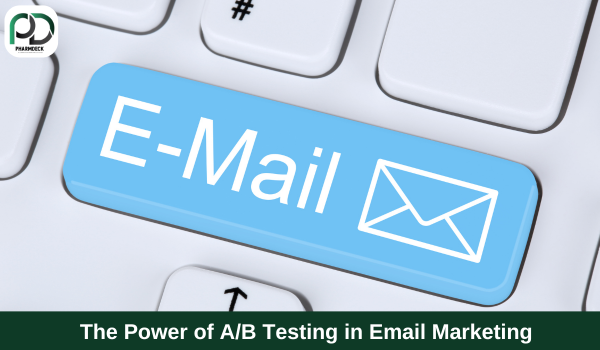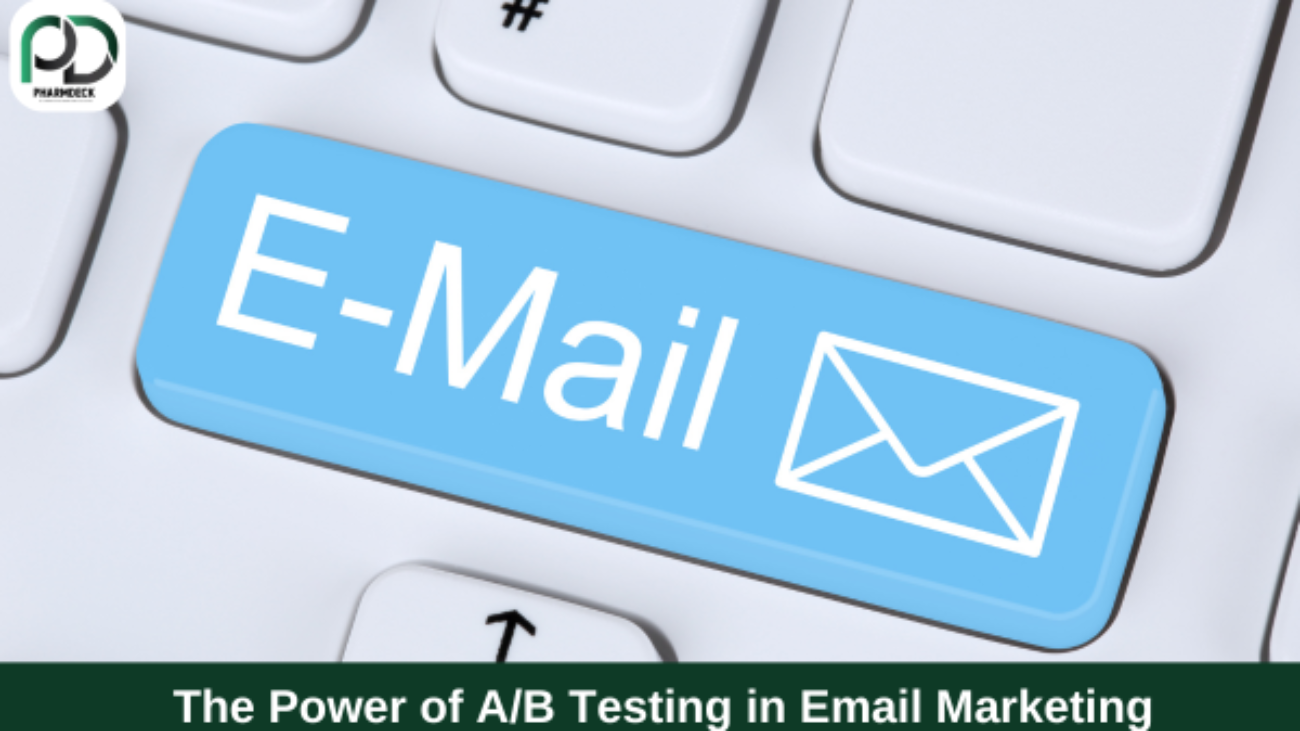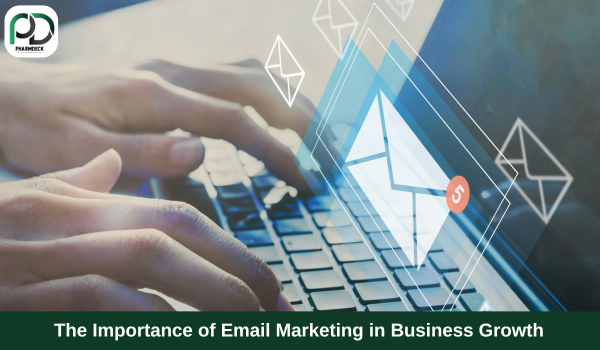
A/B testing is a game-changer for understanding what resonates best with your audience in email marketing. By testing different versions of your email campaigns, you can identify what drives engagement and boosts conversions. In this blog, we’ll explore how A/B testing works, why it’s essential, and practical tips to make your campaigns more effective.
What is A/B Testing?
A/B testing, also known as split testing, involves creating two (or more) versions of an email and sending them to different segments of your audience. By comparing the performance of each version, you can determine which elements work best.
For instance, a beauty brand conducted A/B testing on their email subject lines. One version highlighted a discount, while the other focused on personalization. The personalized subject lines increased open rates by 20%, showing the power of tailoring your approach.
Why is A/B Testing Crucial in Email Marketing?
Improves Engagement Rates: Testing subject lines, email designs, or call-to-action buttons ensures you’re using the most effective elements to engage your audience. Enhances Conversion Rates: A well-tested email is more likely to convert readers into customers. Reduces Guesswork: Instead of relying on assumptions, A/B testing provides data-driven insights. Builds Better Campaigns: Over time, you’ll refine your strategies and create high-performing campaigns consistently.
Key Elements to Test in A/B Testing
Subject Lines: Experiment with tone, length, personalization, or urgency. Email Design: Test layouts, images, and color schemes.
Call-to-Action (CTA) Buttons: Try different text, placement, and colors.
Send Times: Identify when your audience is most likely to open emails. Email Content: Compare short versus detailed copy, or test different offers and promotions.
How to Conduct A/B Testing Effectively
Step 1: Define Your Goal
What do you want to achieve? Increased open rates, higher click-through rates, or improved conversions? Clear objectives guide your testing process.
Step 2: Choose One Variable
Test one element at a time to isolate its impact. For example, if you’re testing subject lines, keep other elements constant.
Step 3: Segment Your Audience
Divide your email list into equal and random groups to ensure accurate results.
Step 4: Analyze Results
Use metrics like open rates, click-through rates, and conversion rates to evaluate performance. Identify which version achieved your goal.
Step 5: Implement Learnings
Apply the winning version to your broader campaign and continue refining your approach over time.
Quick Tip
Test different versions of subject lines, email designs, and call-to-action buttons. Once you find the best-performing version, set it as your campaign standard.
Conclusion
A/B testing empowers marketers to make data-driven decisions and craft campaigns that truly connect with their audience. By continuously testing and refining your approach, you’ll maximize the impact of your email marketing efforts and achieve long-term success.
Start small, stay consistent, and watch your email metrics improve as you leverage the power of A/B testing!



